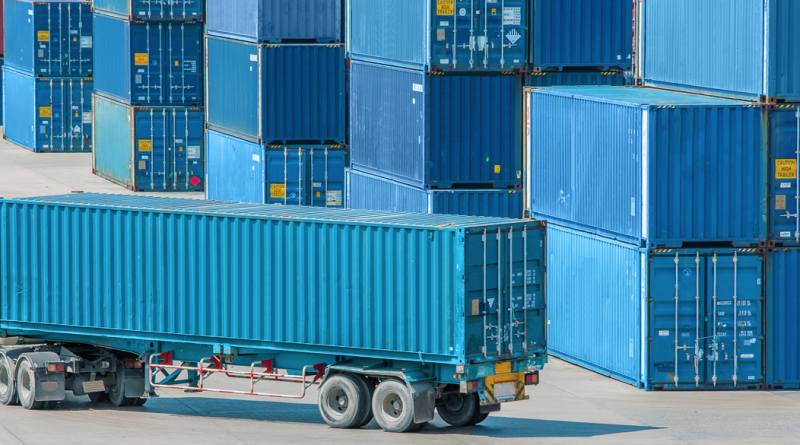US supply chains face rising threat from cargo theft rings
Cargo theft in the United States has reached its highest levels in nearly a decade. In 2024 alone, reported incidents rose by 26 percent to a total of 3,798, reflecting a mounting crisis that jeopardizes both the reliability and security of the national supply chain. With losses nearing $455 million and experts estimating actual damages may exceed $1 billion annually, the issue has moved beyond sporadic criminal activity into a highly organized and sophisticated landscape.
This alarming trend impacts everything from food distribution to electronics and home goods, tightening margins for businesses and increasing costs for consumers. Criminal networks now exploit digital vulnerabilities and regulatory blind spots, leveraging fictitious identities, falsified registrations, and online platforms to carry out complex freight fraud schemes. The traditional notion of cargo theft as stolen trucks and pallets is giving way to more deceptive, less traceable operations.
Organized groups are transforming cargo theft into a global business operation
Cargo theft in the past was often an opportunistic crime committed by small crews targeting idle freight. Today, coordinated crime rings with transnational reach have changed the game. According to Verisk’s CargoNet, nearly one-third of cargo thefts in 2024 were the result of identity-based scams, a stark rise from just 8 percent in 2020. These thefts no longer require physical force. Instead, they rely on impersonation, falsified documents, and fraudulent communications that deceive freight brokers and shippers alike.
Criminals from more than 30 countries have been linked to US cargo theft operations, using online freight boards and the Federal Motor Carrier Safety Administration’s public registration systems to carry out sophisticated impersonation attacks. With minimal regulation on digital logistics platforms, these individuals can pose as legitimate carriers, secure high-value loads, and disappear with millions of dollars in merchandise.
In one case, a criminal posed as a licensed freight hauler to collect a shipment of high-end electronics in Southern California. The truck, paperwork, and even the driver credentials appeared legitimate. It was only after the shipment failed to arrive and the real hauler was contacted that the fraud was discovered. This style of theft, referred to as a fictitious pickup, is among the most damaging developments in freight crime.
The ripple effects across industries, and what businesses are doing in response
The financial toll of cargo theft is only the beginning. For manufacturers, retailers, and distributors, stolen freight can interrupt entire production lines and lead to long-term supply chain inefficiencies. Consumers may experience higher prices and stock shortages, especially when targeted goods include perishable items or critical components.
Logistics providers are responding by investing in security technology, including real-time GPS tracking, advanced telematics, and enhanced driver identification systems. However, technology alone cannot address the systemic vulnerabilities that criminals continue to exploit. Many small carriers and brokers, particularly those new to digital platforms, lack the resources or training to detect sophisticated impersonation efforts.
Risk mitigation now requires cross-industry collaboration. Some shippers are adding redundant verification processes or turning to third-party vetting services to validate carrier identities. Others are creating internal teams to audit and track suspicious load patterns, using AI tools to flag anomalies in real time. Yet even these measures are reactive in nature and fail to address the ease with which new fictitious carriers can be created using government systems.
Policy reform and digital safeguards are starting to emerge, but slowly
Recognizing the growing scale of cargo crime, lawmakers are beginning to act. The proposed Combating Organized Retail Crime Act would empower federal agencies to tackle criminal enterprises involved in freight theft and expand penalties for fraudulent freight activity. Updates to the Household Goods Shipping Consumer Protection Act aim to close loopholes exploited by scammers posing as household movers.
Still, legislative change is moving slowly compared to the rapid evolution of criminal tactics. Industry groups are calling for tighter controls on carrier registration and public data access. Experts argue that more robust vetting protocols, mandatory digital credentialing, and standardized fraud prevention frameworks across freight platforms are needed to truly stem the tide. Until then, the burden of protection falls largely on private companies. From warehousing protocols to last-mile delivery procedures, every stage of logistics is being re-evaluated through the lens of security and traceability.
